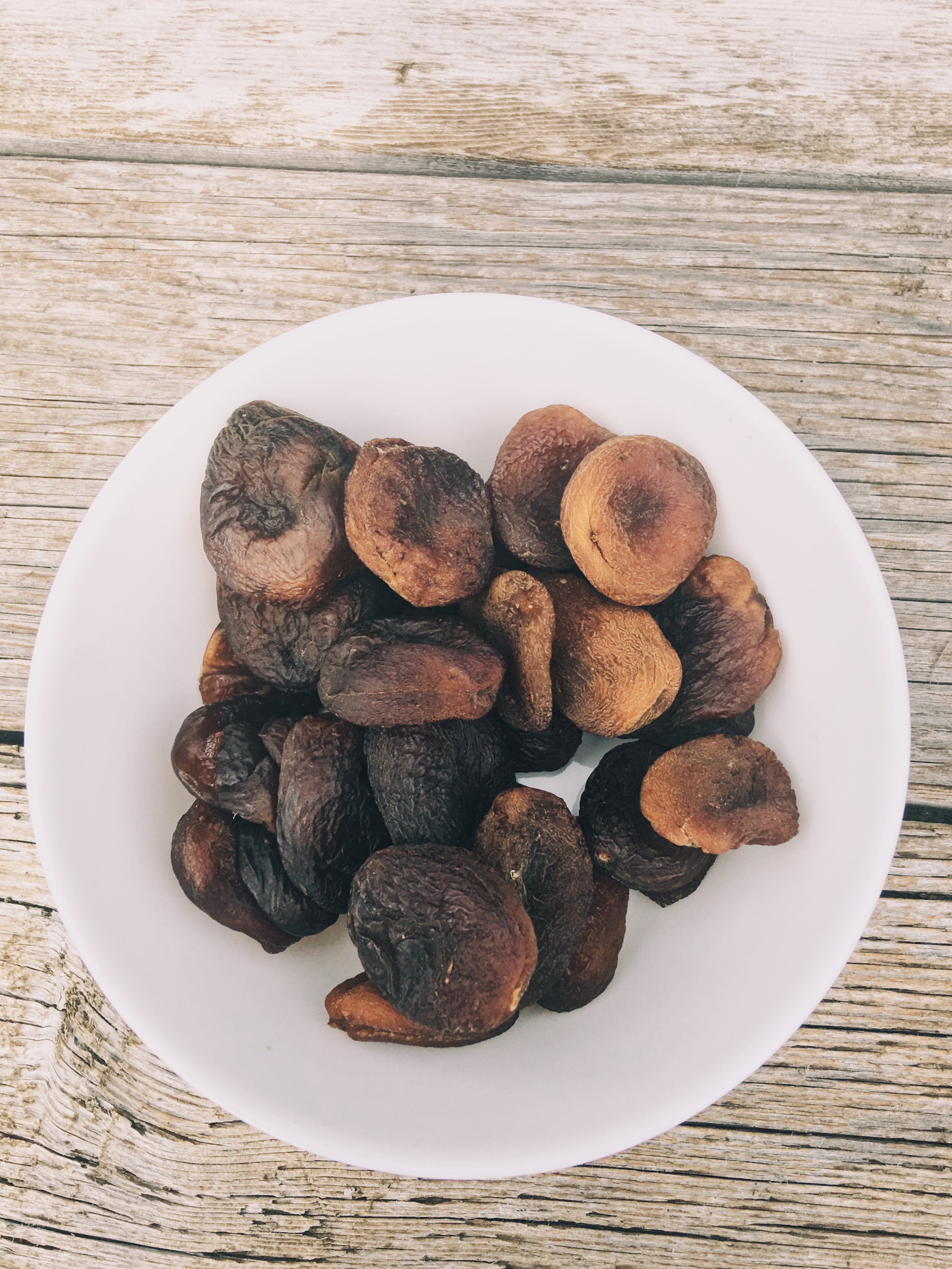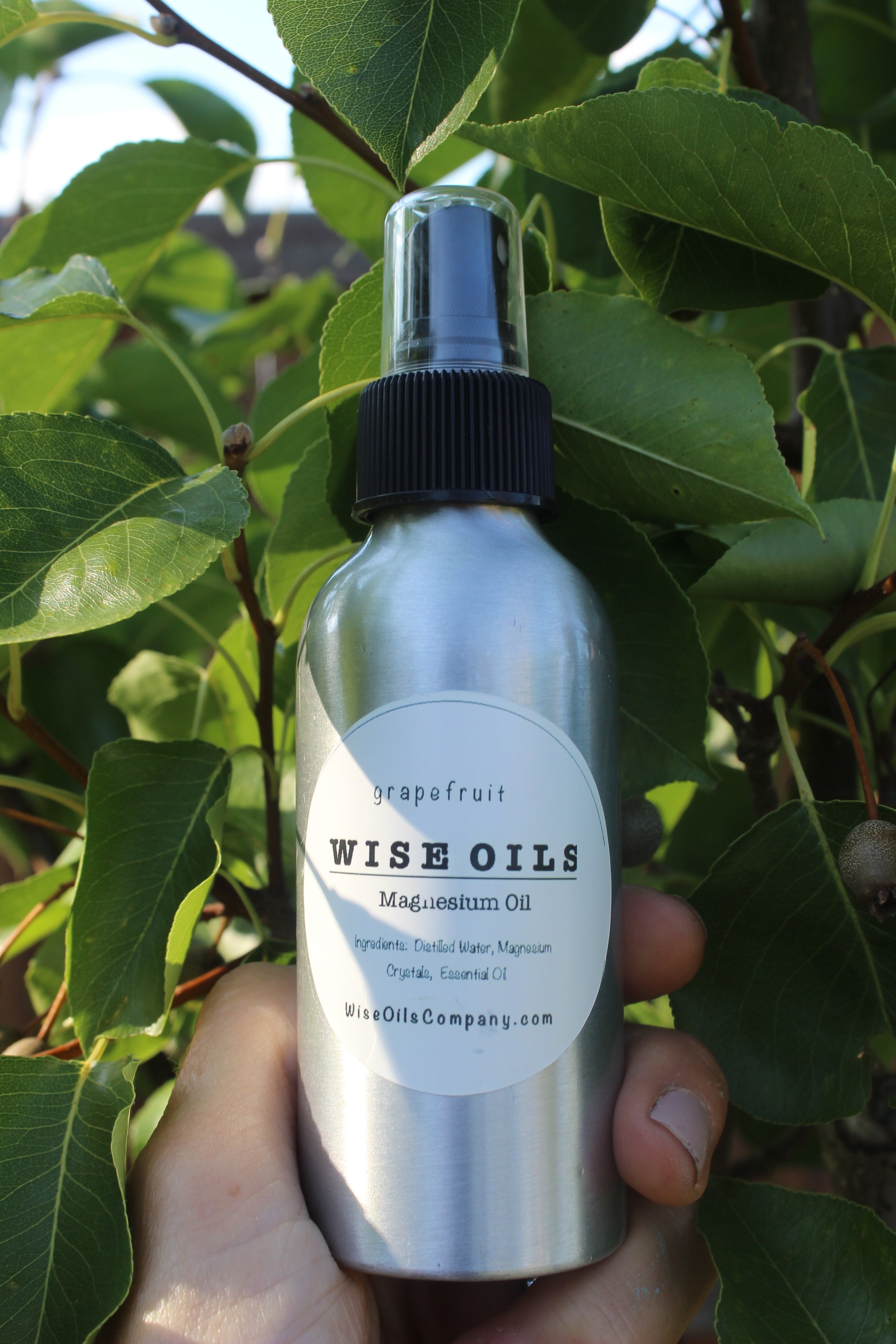What are Stinging Nettles?
Stinging nettle (Urtica dioica) is an herb that has a long medicinal history. Stinging Nettle has fine hairs on the leaves and stems that contain very irritating (stinging) chemicals which are released when it comes in contact with the skin. I remember hiking to the river as a young girl and getting stung by these powerful plants. Although this plant has stinging hairs, according to the University of Maryland Medical Center, it has been used for hundreds of years to treat painful muscles and joints, eczema, arthritis, gout, and anemia. Today, many people use it to treat urinary problems during the early stages of an enlarged prostate. It is also used for urinary tract infections, hay fever (allergic rhinitis), or in compresses or creams for treating joint pain, sprains and strains, tendonitis, and insect bites.
What are the benefits of stinging nettle?
A surprisingly nutrient dense herb, nettles provide an excellent source of calcium, magnesium, potassium, iron, chlorophyll, beta carotene, phosphorous, zinc, chromium, B vitamins, chlorophyll and other trace minerals including selenium, silicon and manganese. The high concentration of minerals supports the building of strong bones, muscles, teeth, nervous system; as well as hormones, kidney, adrenal and immune systems. The anecdotal testimonies of improved health and well-being from adding herbal infusions to a healing protocol or a healthy lifestyle, are numerous.
How do I consume Stinging Nettle?
Many harvesters of stinging nettle consume nettle just like spinach and add the leaves into a stir fry. You will have to take caution (wear gloves) when harvesting and preparing them, but once cooked the ability to sting is gone and you have a delicious and nutrient dense powerhouse to add to your meal plan. Stinging nettle is also available as dried leaf, freeze-dried leaf, extract, capsules, tablets, and as root tincture (a solution of the herb in alcohol), juice, or tea. I prefer to consume this powerhouse weed, as some call it, by making an infusion. An infusion is simply a process of soaking the leaves in filtered water.
Here's how:
Boil 1 quart of filtered water
Place 1 ounce of dried organic stinging nettle in the bottom of a glass quart sized jar. See below for where to purchase dried stinging nettle.
Pour boiling water over the stinging nettle until the jar is full. You can place a butter knife across the top of the jar to help diffuse the heat and avoid breaking the jar.
Let steep for 4-8 hours. Some prefer to let it sit overnight.
Strain the nettle from the infusion and enjoy.
Place your used nettles in your compost bin!
I prefer to drink my nettle infusion cold so I store in the refrigerator immediately.
You can store the infusion for up to 72 hours, if refrigerated. What you are unable to consume you can use to water your house plants. They will love the minerals, too!
I consume approximately 3-4 six ounce glasses per nettle infusions, per week.
Are there any considerations or precautions?
The use of herbs has been around for thousands of years and has been a time-honored approach to strengthening the body and fighting disease. However, just like prescription medication and supplements, herbs can trigger side effects, and also may negatively interact with other herbs, supplements or medications. You should always take herbs, supplements and medications with care and discuss your herb, supplement and medication routine with your health care provider.
Resources:
Where to buy Stinging Nettle
Additional Reading on the benefits of Stinging Nettles
http://www.umm.edu/health/medical/altmed/herb/stinging-nettle
http://pennstatehershey.adam.com/content.aspx?productId=107&pid=33&gid=000275









